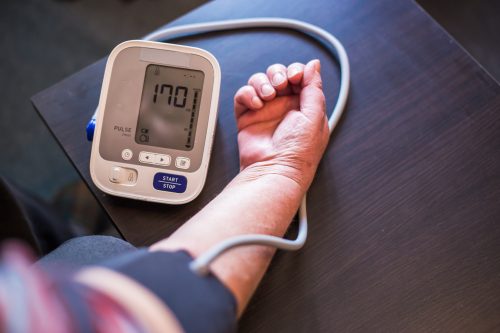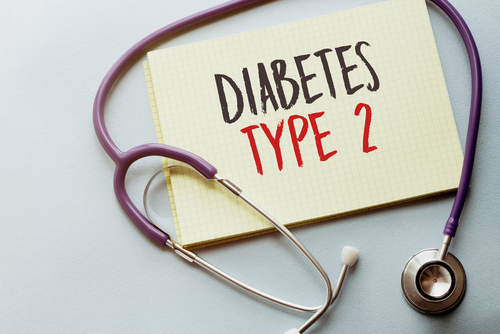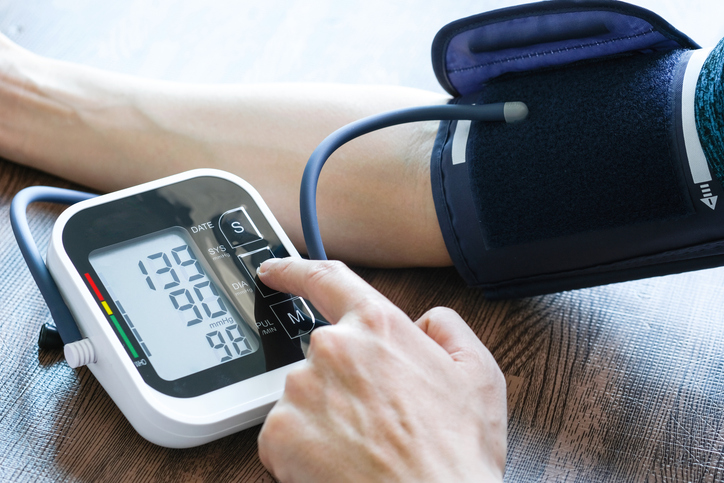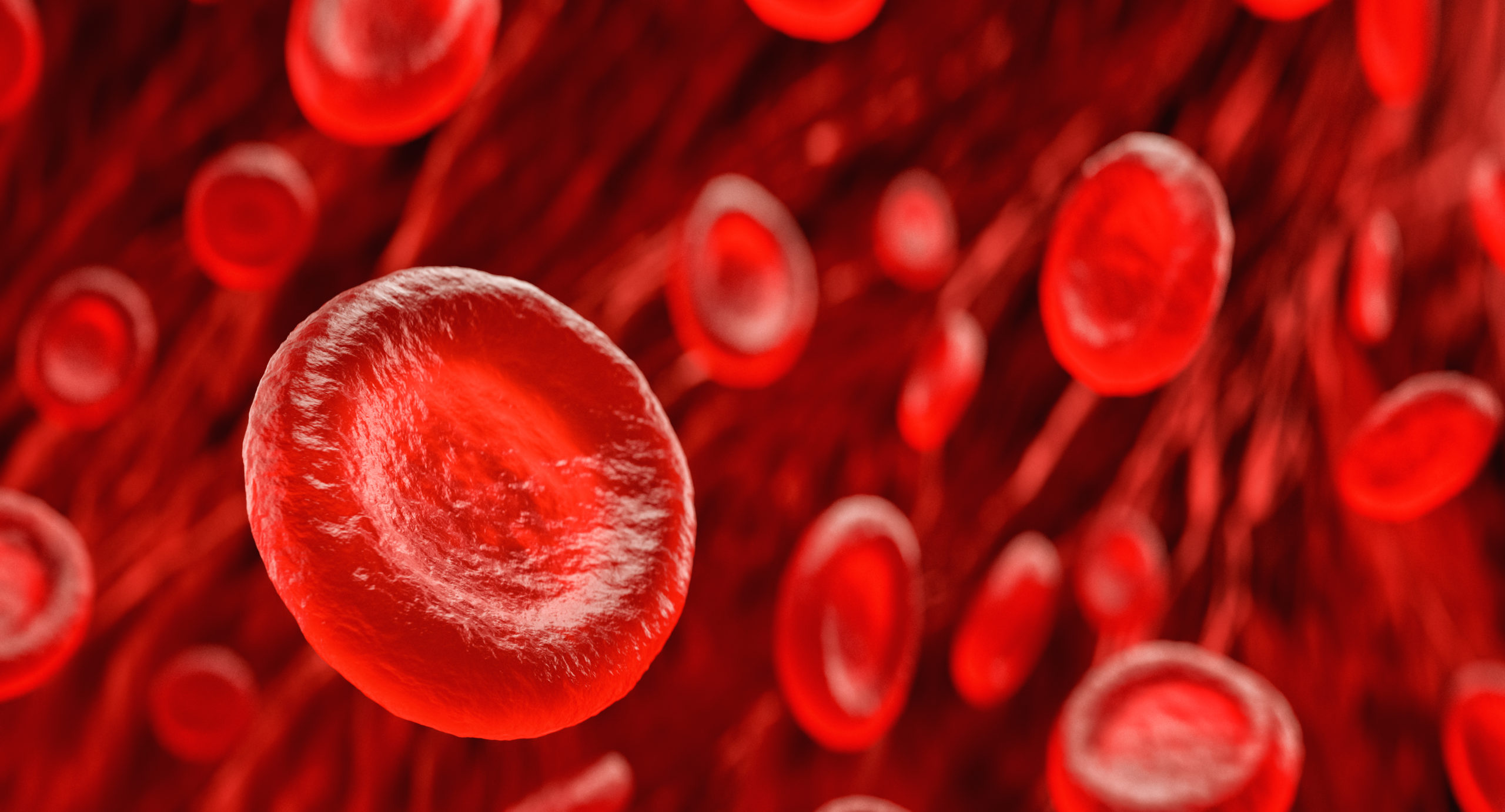
Clinical Journal of the American Society of Nephrology. 2020;15(4):493-500
Elevated blood pressure load is part of the criteria for ambulatory hypertension in pediatric, but not adult, guidelines. Jason Lee, MD, and colleagues conducted a study to examine the prevalence of isolated blood pressure load elevation and the associated risk with adverse outcomes in children with chronic kidney disease (CKD). The researchers also sought to determine whether blood pressure load offers risk determination independently or in conjunction with mean ambulatory blood pressures.
The study included 533 children in the CKD in Children (CKID) study. Blood pressure load elevation was defined as ≥25% of all readings elevated but mean blood pressure normal. The analysis examined the prevalence of normotension, isolated blood pressure load elevation, and ambulatory hypertension.
Isolated blood pressure load elevation was present in 23% of the cohort. There was no statistically significant association between isolated blood pressure load elevation and left ventricular hypertrophy (LVH) in cross-section (odds ratio, 1.8; 95% confidence interval [CI], 0.8-4.2) or time to end-stage renal disease (ESRD) (hazard ratio, 1.2; 95% CI, 0.7-2.0). In unadjusted cross-sectional analysis, there was an association between every 10% higher systolic blood pressure load and 1.1-time higher odds of LVH but discrimination for LVH was poor. IN unadjusted longitudinal analysis, there was an association between every 10% higher systolic blood pressure load with a 1.2-times higher risk of ESRD, but discrimination for ESRD was also poor.
There was no statistically significant association between systolic blood pressure load and either LVH or ESRD after accounting for mean systolic blood pressure load. Findings were similar with diastolic blood pressure load.
“Blood pressure load does not provide additive value in discriminating outcomes when used independently or in conjunction with mean systolic blood pressure in children with CKD,” the authors said.
Clinical Journal of the American Society of Nephrology. 2020;15(4):493-500







 © 2025 Mashup Media, LLC, a Formedics Property. All Rights Reserved.
© 2025 Mashup Media, LLC, a Formedics Property. All Rights Reserved.